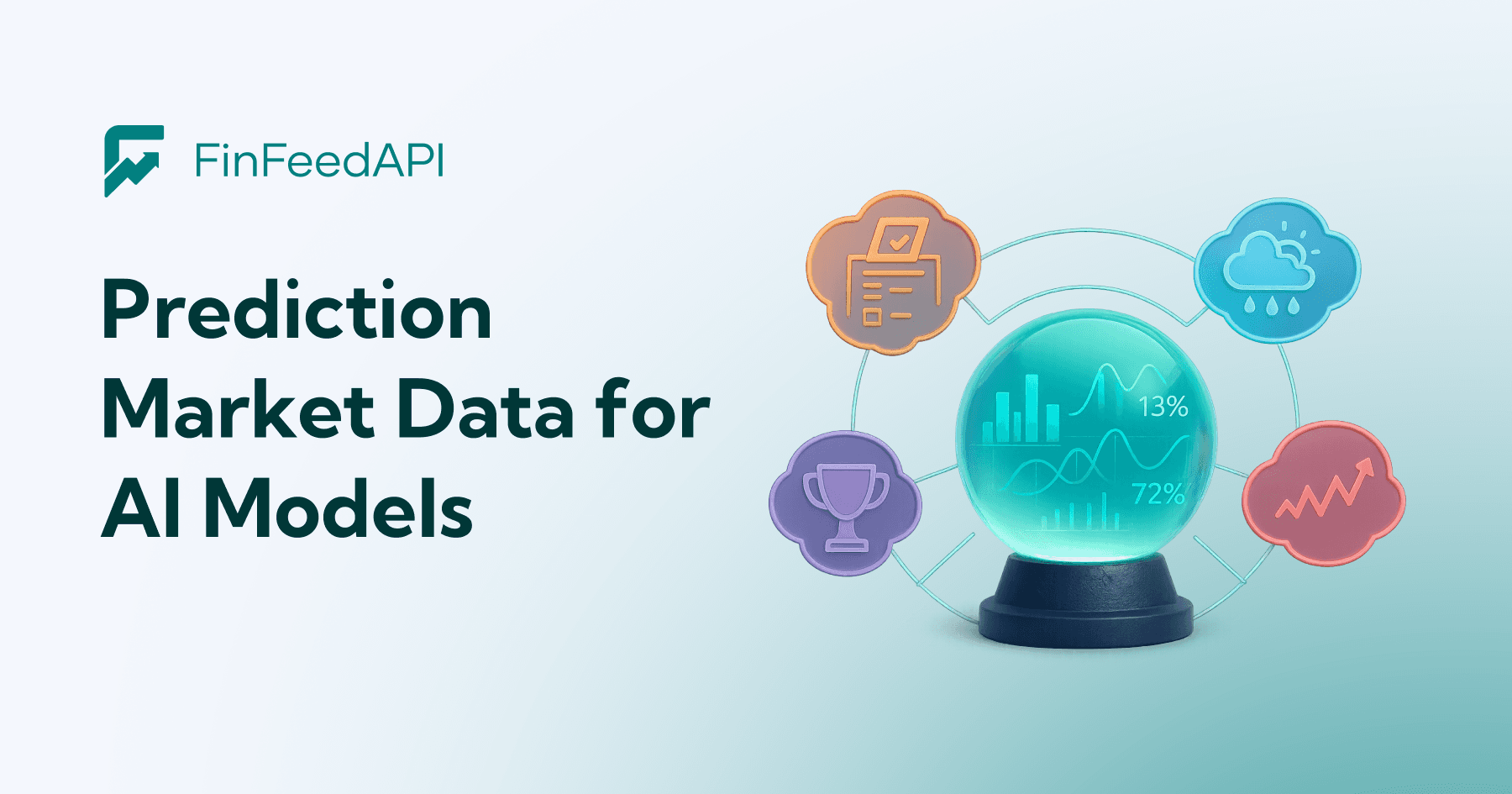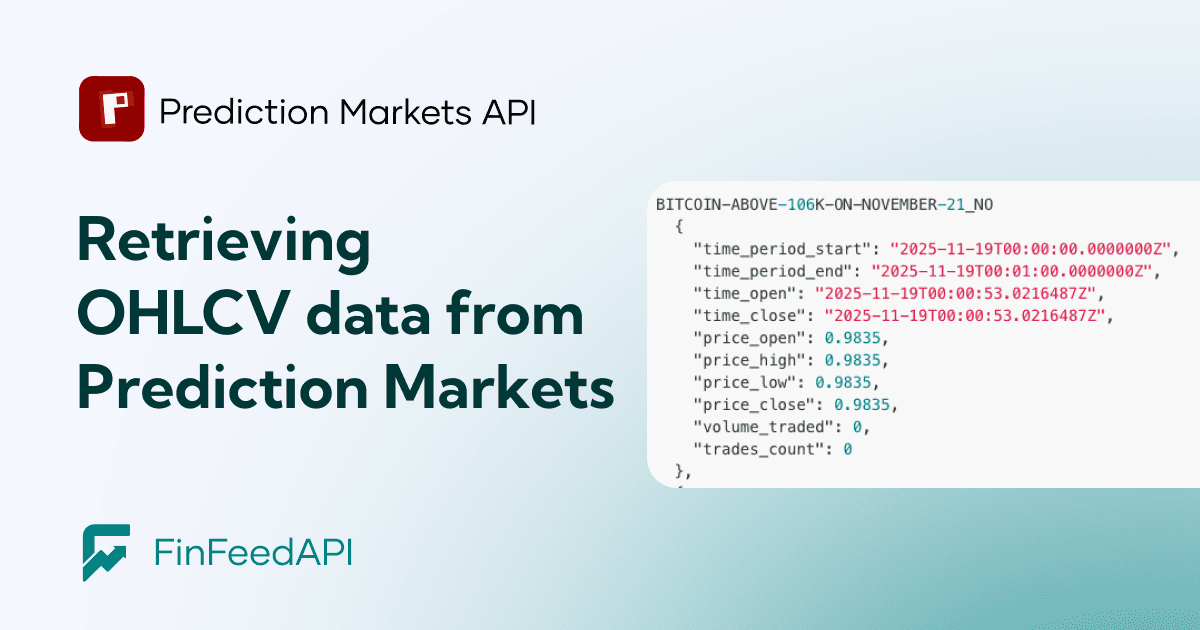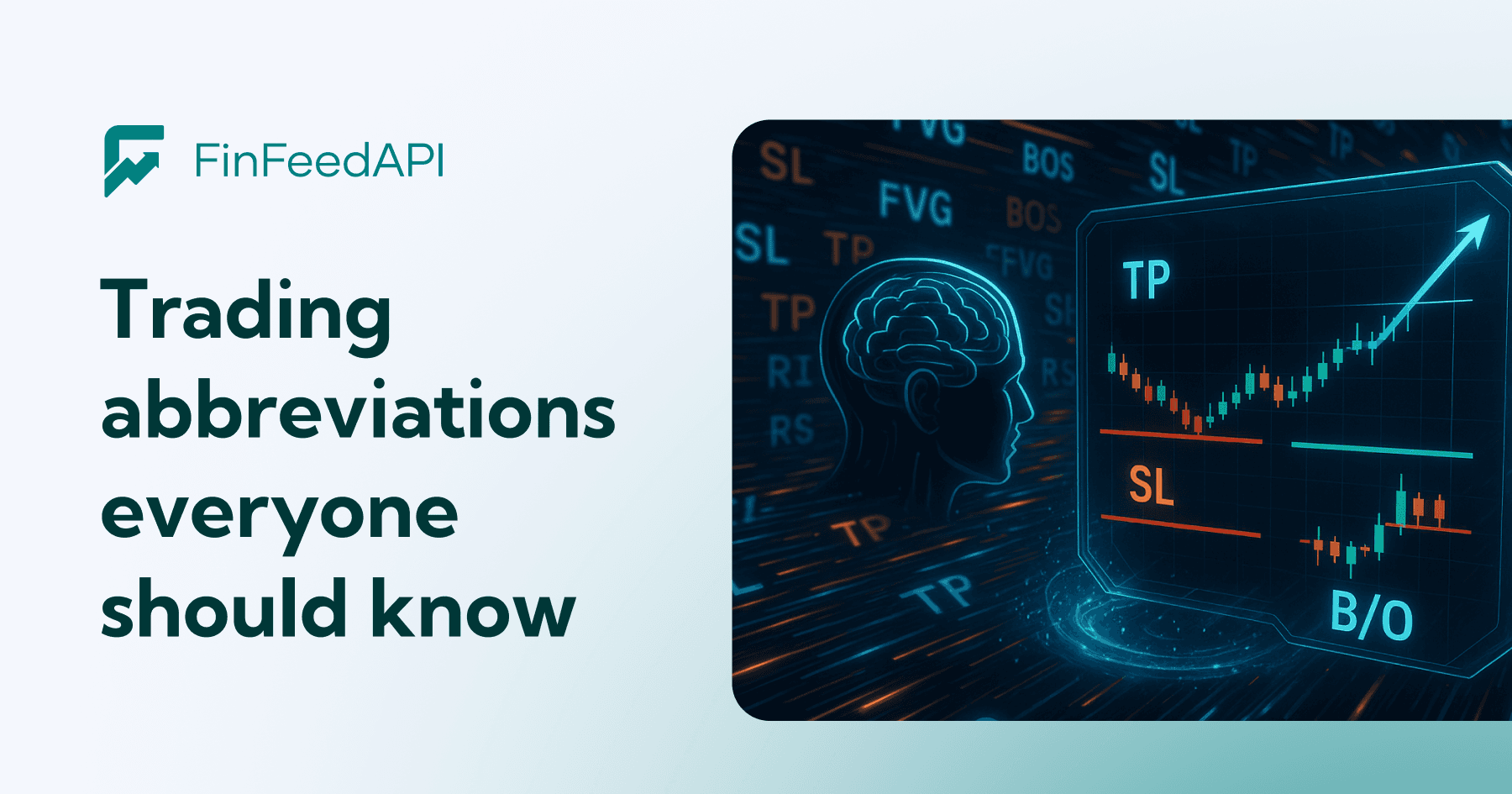Every market story begins with the same raw material: data.
Every chart you scroll through, every price alert you receive, every trading decision you make — somewhere, it started as a timestamp, a trade, a number.
Most people see stock prices flash across a screen and treat them like noise.
But inside that noise is a pattern.
And inside that pattern is everything investors, analysts, and developers try to understand:
Is this stock rising? Is it weakening? Is something big about to happen?
To answer those questions, you need more than today’s price.
You need the record of what came before it.
That record is historical data — the market’s long-term memory.
What Stock Market Data Really Is
If real-time data tells you what’s happening right now, historical data tells you why the market behaves the way it does.
A single trading day might include:
- opening price
- closing price
- volume spikes
- reversals, breakouts, sell-offs
- reactions to news, earnings, macro events
Individually, these numbers don’t mean much.
But stitched together — minute by minute, day by day, year by year — they paint a picture of how money moves, how investors react, and how companies grow or decline.
That’s why professionals never look at today’s chart in isolation.
They zoom out.
They compare.
They look for history repeating itself.
Because it often does.
Why Historical Data Matters More Than Most People Realize
Historical data gives you something no news headline can: context.
You can see how a stock behaved during inflation cycles, tech booms, rate cuts, earnings shocks, elections, recessions, crypto bubbles — all the moments when markets reveal their true personality.
And that context powers real decisions:
Trend discovery
Is this a breakout… or just noise?
History shows the difference.
Pattern recognition
Seasonality, momentum, reversals, volatility clusters — they all leave footprints.
Strategy testing
Before you trust an idea, you run it through the past.
If it fails on history, it fails in real life.
Risk management
Studying old crashes is how traders prepare for the next one.
Research & valuations
Without historical prices, fundamentals are half the story.
AI & models
Machine learning is only as good as the dataset you give it — no history, no intelligence.
In short:
- real-time data moves you.
- historical data guides you.
The Types of Historical Data You’ll Actually Use
Investors and developers don’t just need “old prices.”
They need structured market history — the kind that answers real questions.
The most common datasets include:
- OHLCV candles (daily, weekly, intraday, tick-level)
- adjusted prices (split- and dividend-aware)
- volume trends
- corporate actions
- exchange rates over time
- economic indicators for context
When combined, these datasets give you a full, time-layered view of how markets evolve.
The Hard Part: Using Historical Data in the Real World
Most people never realize this until they try building something real:
- raw market data is messy
- coverage varies by exchange
- timestamps don’t line up
- corporate actions break your charts
- free sources disappear overnight
- international data means 50 formats, 50 schemas, 50 headaches
Everyone imagines historical data is sitting somewhere neatly packaged.
In reality, most teams spend more time cleaning data than using it.
So the question becomes:
How do you get reliable, structured, global market history without building a data engineering department?
How FinFeedAPI Simplifies Everything
This is where FinFeedAPI fits into the story — not as another “data provider,” but as the part that removes all the heavy lifting.
Instead of hunting for stock archives in one place and currency archives in another, you use one interface.
Instead of stitching together different schemas, you get a single standardized format.
Instead of worrying about missing candles, bad data, or inconsistent symbols, you pull from a system built for global coverage.
With one API key, you can fetch:
- historical stock prices across major exchanges
- real time and historical currency data for fiat and crypto
- clean, timestamped OHLCV
- consistent symbol structures
- intraday, daily, or long-range data
- datasets large enough for backtesting and machine learning
It’s everything discussed above — delivered in a form that’s actually usable.
If you’re building a trading bot, an analytics dashboard, a research tool, or an internal model, this is the difference between shipping in weeks and being stuck for months.
FinFeedAPI gives you the historical market foundation you need to actually build it.
Ready when you are — check the documentation and start exploring your first dataset with a free API key.















